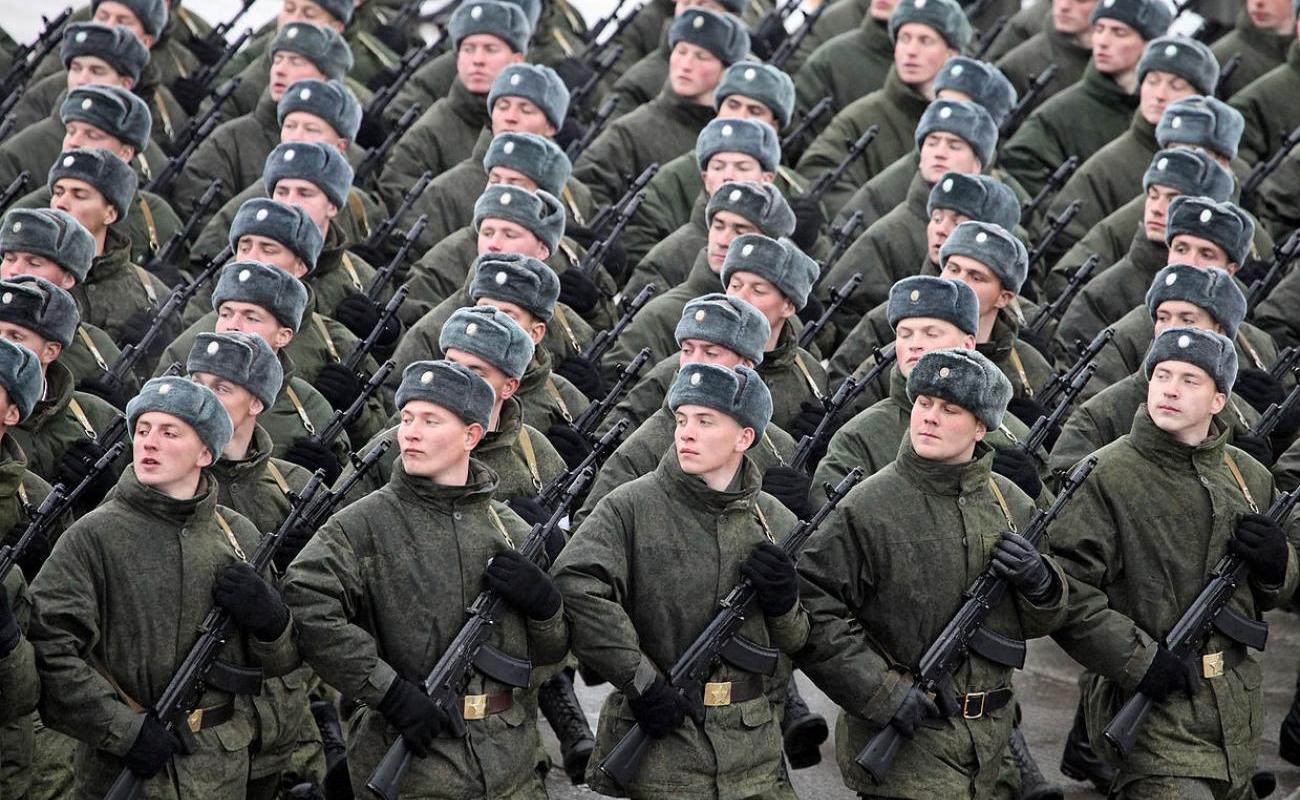Resources of war: Can Russia sustain its war in Ukraine for years?

Can Russia sustain this war for years? Here are some calculations to help estimate this.
Artillery
Let’s start with artillery, which looks the most vulnerable. Standard calculations of the resource of artillery barrels show that at the current rate of firing, Ru needs about 2.5-4К barrels per year. If we add to this direct losses in battles, Ru total need is about 4-5K per year.
Before the invasion, Russia had almost 17,000 artillery units in long-term storage warehouses. Satellite images indicate that at least 9,000 units have already been removed from warehouses during the two years of the war. This corresponds to the loss calculations.
According to satellite images, about a third of the artillery in warehouses cannot be restored. Thus, as early as next year, Russia may face a shortage of artillery barrels.
Russia will probably have to reduce the intensity of artillery use to approximately 5,000 shells per day. This will allow to extend the resource of artillery for at least 1-2 more years. But this significantly limits the offensive potential of the Russian army.
Russia can also use aerial bombs as a substitute for artillery. But after the appearance of the F-16, the future of Russian heavy aviation is uncertain.
Tanks
The situation with tanks is completely different. Russia has enough tanks to sustain the war until at least 2027-2029. But Russia has restrictions on the production and restoration of tanks.
Russian tanks suffered the most in the first year of the war. After all, the initial tactics of the Russians were based on heavy shock columns of armored vehicles, which often fell into ambushes and traps.
Russia increased production in 2023 and can now supply about 1,500 tanks per year (taking into account the restoration of old tanks). While Russia was on the defensive in 2023, it probably managed to increase the number of its tanks at the front.
However, the further Russia looks into its military formations, the worse the equipment will be. Satellite images say that approximately 30-40% of the tanks cannot be restored. They are disassembled in the open air, often without engines or turrets.
Thus, it will be more and more difficult for Russia to replenish its losses. Gradually this should lead to exhaustion, but it will take years. Also, Russia will use any pause in offensive actions to try to form new tank forces in the rear.
Armored vehicles
The situation is similar to tanks, but here Russian warehouses do not look so bottomless. Armored vehicles are lost much faster, and if Russia does not change its tactics, this may lead to the degradation of armor in the next 3-4 years.
Soldiers
Human resources are probably Putin’s most reliable weapon. Russia did everything to ensure that the military never ran out. Every year, Russia conscripts more people into military service than it mobilizes into the army. Therefore, the mobilization reserve is not reduced.
The only uncertain factor is the desire of the Russians to fight. But so far there are no signs that the Russian people can change their attitude to the war.
Funding
And finally finances. An army cannot fight if it has no money. This year, Russia budgeted an optimistic $390B income This is more than even in 2022, when Russia had record sales of gas to the EU. In the calculations, I took $300 billion as a closer value to last year’s result.
Ru managed to maintain income levels despite sanctions. However, the level of spending on the army is growing much faster. This year, Ru will spend almost twice as much on war as in 2022.
A general overview of Russia’s resources shows that they are not limitless. At the same time, Ukraine needs to maintain military and economic support in order to be able to withstand this struggle.
Most likely, Russia will have to revise its tactics and goals in 2025-2026. Otherwise, Russia risks finding itself at a critical point. At least in relation to artillery and armored vehicles.
The main task of the West should be the tactics of maximum exhaustion of Russia. After all, the question is not whether Putin wants to attack NATO countries. The only question is whether he will be able to do it.
